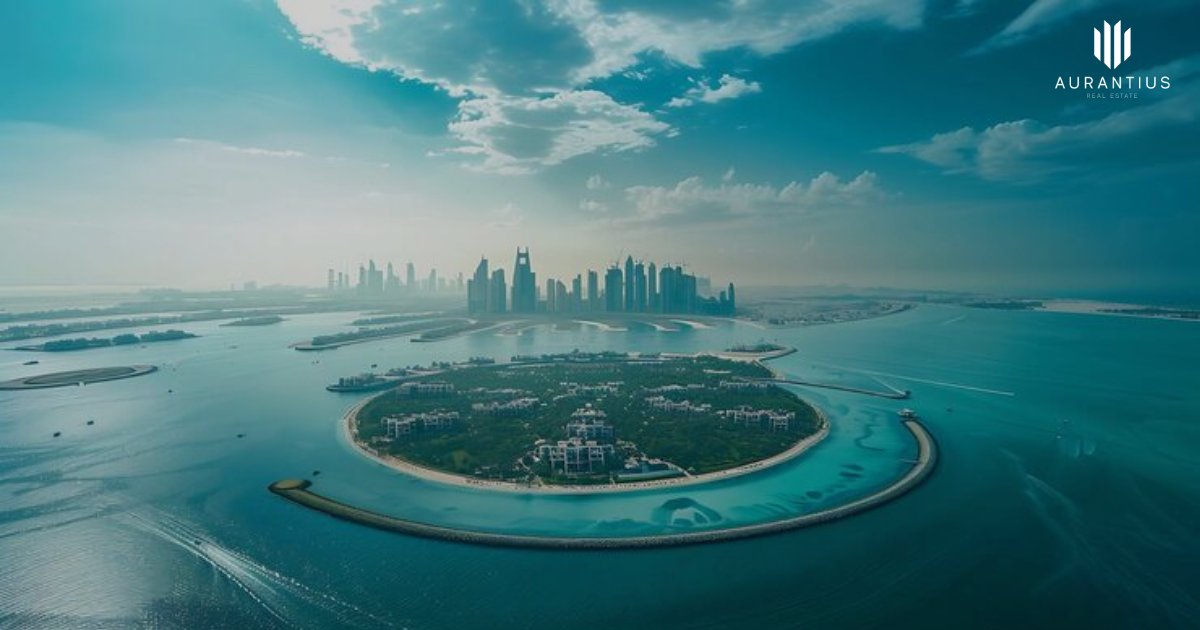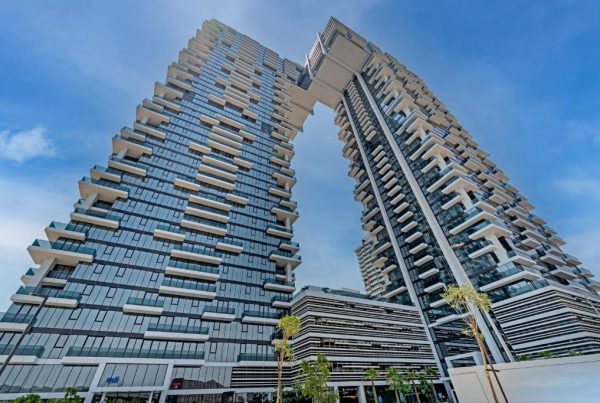Dubai Islands: Dubai next great waterfront address for living, leisure, and long-term value
Dubai Islands is moving from blueprint to reality, emerging as one of the emirate’s most ambitious coastal destinations and a powerful new focal point for end-users and global investors alike. Envisioned by Nakheel and aligned with the Dubai 2040 Urban Master Plan, this multi-island development blends resort-style living with city convenience, creating a lifestyle that balances space, water, culture, and connectivity. If you’re tracking Dubai’s next chapter in waterfront real estate, Dubai Islands deserves a place at the top of your list.
A master-planned archipelago with space to grow
Spanning roughly 17 square kilometres and framed by about 20 kilometres of natural beachfront, Dubai Islands is designed as five interconnected islands, each with its own character. The intent is not only to deliver luxury residences, but also to establish vibrant hospitality, retail, leisure, and cultural precincts that operate year-round. Importantly, the location sits just minutes from the city’s historic heart and Dubai International Airport, with planned Deira connections and RTA bridge enhancements set to streamline access for residents and visitors. For buyers weighing lifestyle against commute times, that connectivity is a decisive advantage.
Market momentum that’s hard to ignore
Dubai’s broader real estate market posted a record H1 2025, with more than Dh262 billion in transactions across the emirate. Within that context, Dubai Islands distinguished itself as a breakout performer: Dh6.1 billion in sales across 1,936 deals in the first six months of the year, driven primarily by apartments but with villas showing healthy traction. Average apartment prices hovered around Dh2.9 million, while villa transactions averaged close to Dh15 million, with six-bedroom homes averaging roughly Dh44.4 million. At an average of about Dh2,340 per square foot, Dubai Islands offers meaningful price efficiency versus a mature peer like Palm Jumeirah, which often clears above Dh3,000 per square foot. That gap gives early movers room for price discovery as the destination matures.
Yields, resilience, and the waterfront premium
Coastal communities historically command stronger yields and deeper buyer pools, and the Dubai Islands thesis follows that playbook. By mid-2025, premium waterfront zones across the city were posting annual price growth of roughly 12–15 percent, a pace that underscores durable demand for well-located, lifestyle-led stock. For investors, the upside rests on three pillars: genuine waterfront scarcity in a regulated, globally connected market; relative value against fully priced legacy districts; and branded placemaking that supports occupancy, rental appeal, and long-term liquidity. For end-users, the case is lifestyle-first: long beaches, walkable promenades, and service-rich hospitality woven into daily life—without surrendering fast access to business hubs, schools, and airports.
Flagship hospitality anchors and liveability by design
Destination credibility grows with every handover. The islands already feature hospitality-led and service-residence offerings such as Rixos Dubai Islands Hotel & Residences, while family-oriented resorts like Hotel Riu Dubai and Centara Mirage Beach Resort Dubai have helped seed steady leisure footfall. As infrastructure phases advance, new residential neighbourhoods—primarily low- to mid-rise beachfront and waterfront addresses—are scheduled to roll out with upgraded community amenities and enhanced promenade experiences. Planned cultural, retail, and marina districts will round out the ecosystem, delivering the cafés, galleries, wellness spaces, and everyday conveniences that make a place truly livable.
Architecture for light, flow, and indoor-outdoor living
Product design on the islands is trending toward generous glazing, functional layouts, and seamless moves between interior living spaces and shaded terraces. That focus on light and flow suits families and professionals who want the calm of the water with the clarity and convenience of the city. For second-home buyers and international investors, it’s a resort lifestyle without the compromises often associated with remote locations. The proximity to Old Dubai and the creeksides of Deira adds historic texture—souk culture, waterfront dining, and heritage walks—alongside the sleek, new promenades rising on the islands themselves.
Numbers that support a long runway
Supply is often framed as a risk, but the right pipeline can be an asset when it is phased, branded, and supported by infrastructure. More than 10,700 residential units are currently under construction across multiple developers, with additional inventory expected as new plots convert to vertical development. In other words, momentum is supported by scale—and by a growing roster of projects that deepen choice across sizes, views, and spec levels. For investors, this staged delivery supports absorption, while the value gap versus legacy waterfront districts offers room for capital appreciation as the destination gains critical mass.
Connectivity that enhances everyday life
For all its resort-style appeal, Dubai Islands is designed for practicality. RTA’s planned bridge enhancements will ease peak-time flows, while the islands’ road network is being calibrated for smooth links to the city’s core corridors. Daily errands, school runs, and commutes are intended to feel straightforward rather than aspirational. That matters to end-users looking to replace occasional weekend stays with full-time living, and to landlords targeting tenants who want beach access and branded amenities without sacrificing city convenience.
Who should be looking at Dubai Islands now
Early adopters who value water, space, and design—yet want price points below fully priced legacy peers—will find Dubai Islands compelling. Yield-focused buyers can target efficient apartment formats near future retail and marina nodes, while lifestyle-driven families may prefer larger waterfront or promenade-facing residences with stronger end-user appeal. For portfolio builders, a barbell approach—pairing income-efficient apartments with a view-led premium unit—can balance cash flow and appreciation. As always, micro-location matters: proximity to beaches, marinas, cultural programming, and planned retail clusters will influence both rentability and resale.
The bottom line
Dubai Islands brings together the ingredients that have defined Dubai’s most successful districts—waterfront living, branded hospitality, curated public realms—and adds strategic connectivity that shortens the distance between resort life and the everyday city. With strong H1 2025 transaction velocity, competitive price-per-square-foot benchmarks, and a deepening pipeline, the destination offers a clear entry point for long-term value. If you’re mapping the emirate’s next wave of coastal placemaking—alongside established hotspots like Palm Jumeirah and emerging corridors connecting to Downtown Dubai—Dubai Islands belongs on your shortlist.
For tailored guidance on project launches, resale opportunities, and data-driven comparisons across Dubai’s waterfronts, start your search with Aurantius. Explore nearby communities, including Deira and the wider northern coastline, and align your purchase with the island nodes best matched to your goals in yield, lifestyle, or long-term appreciation.











